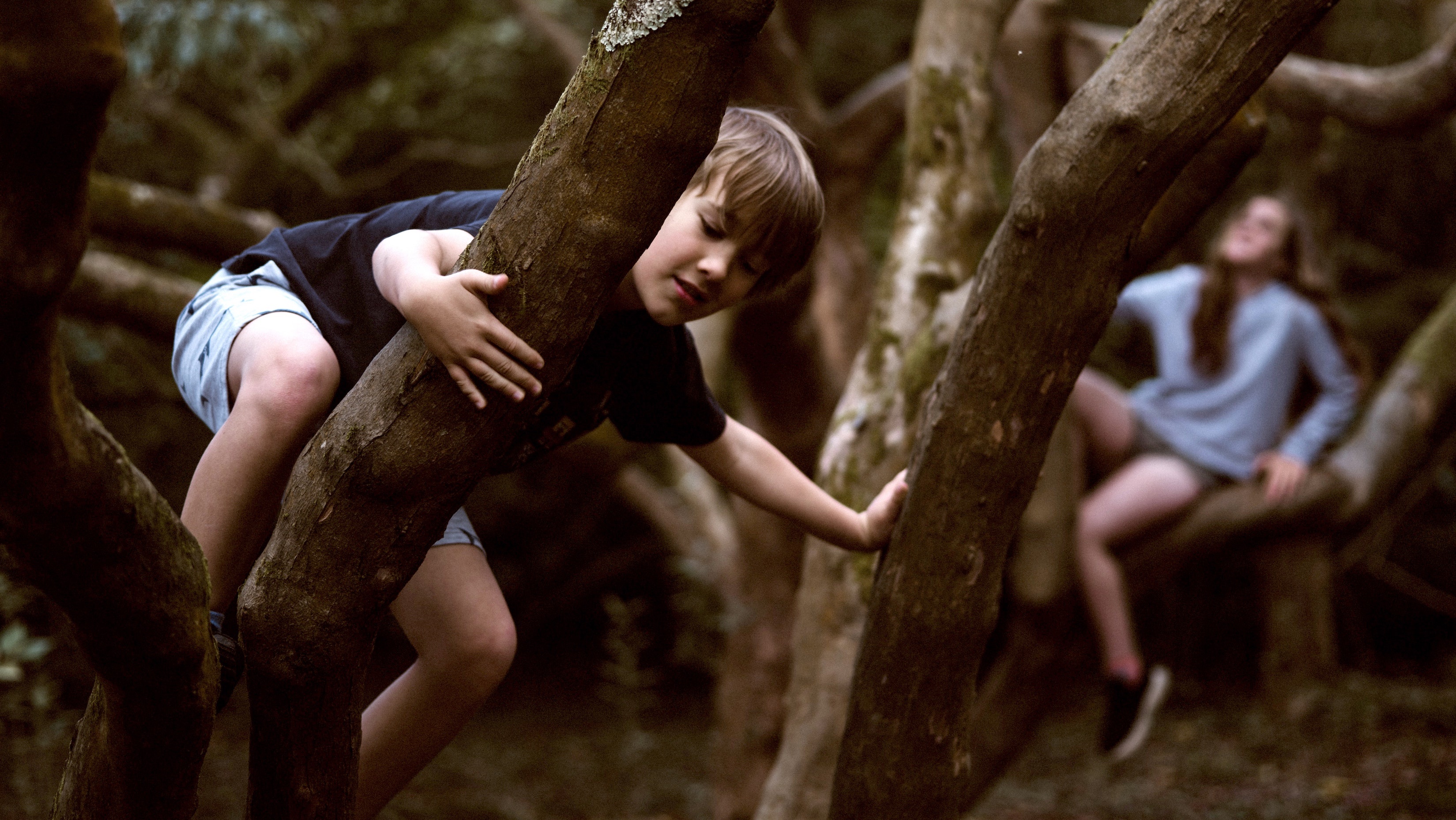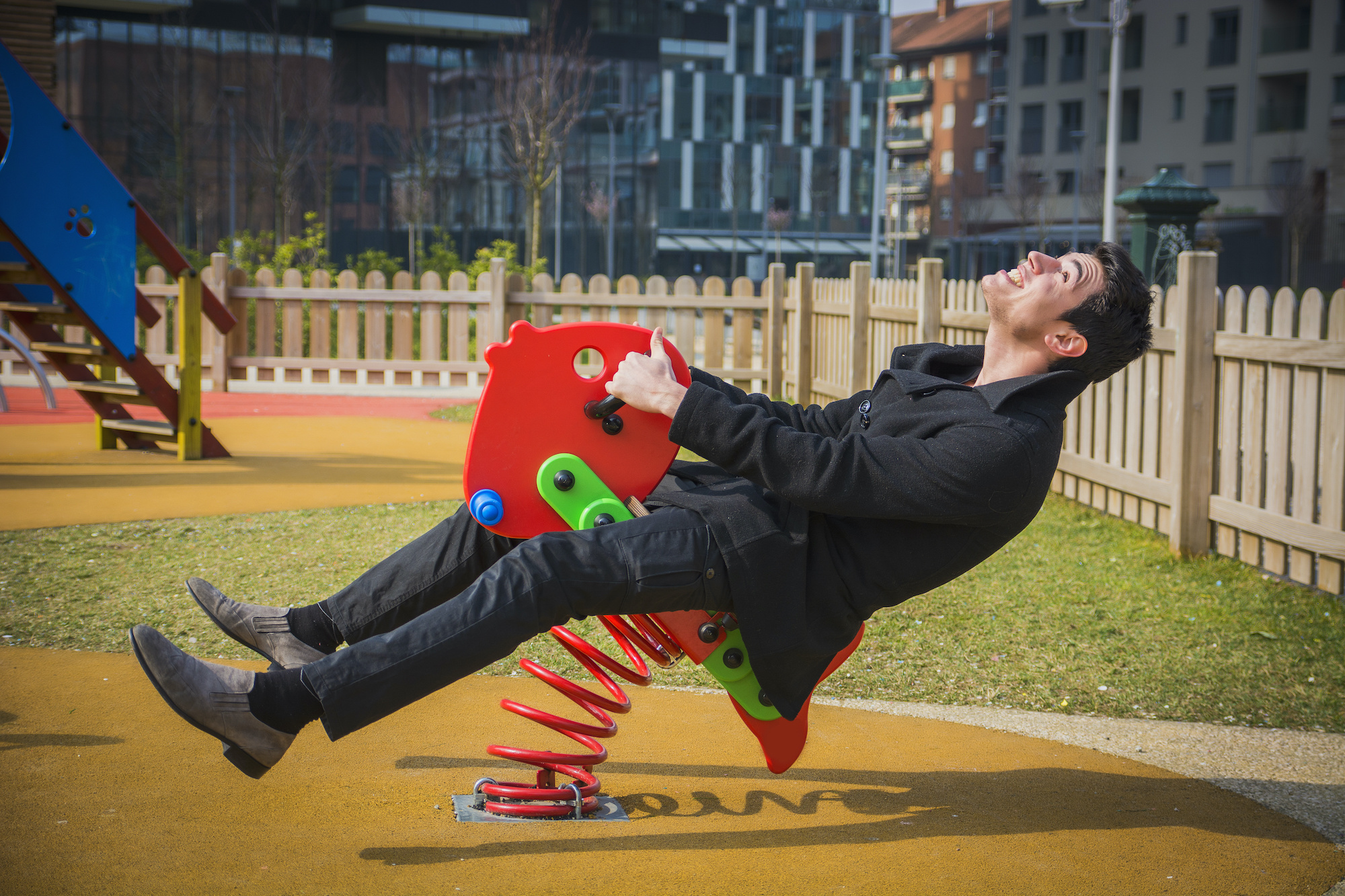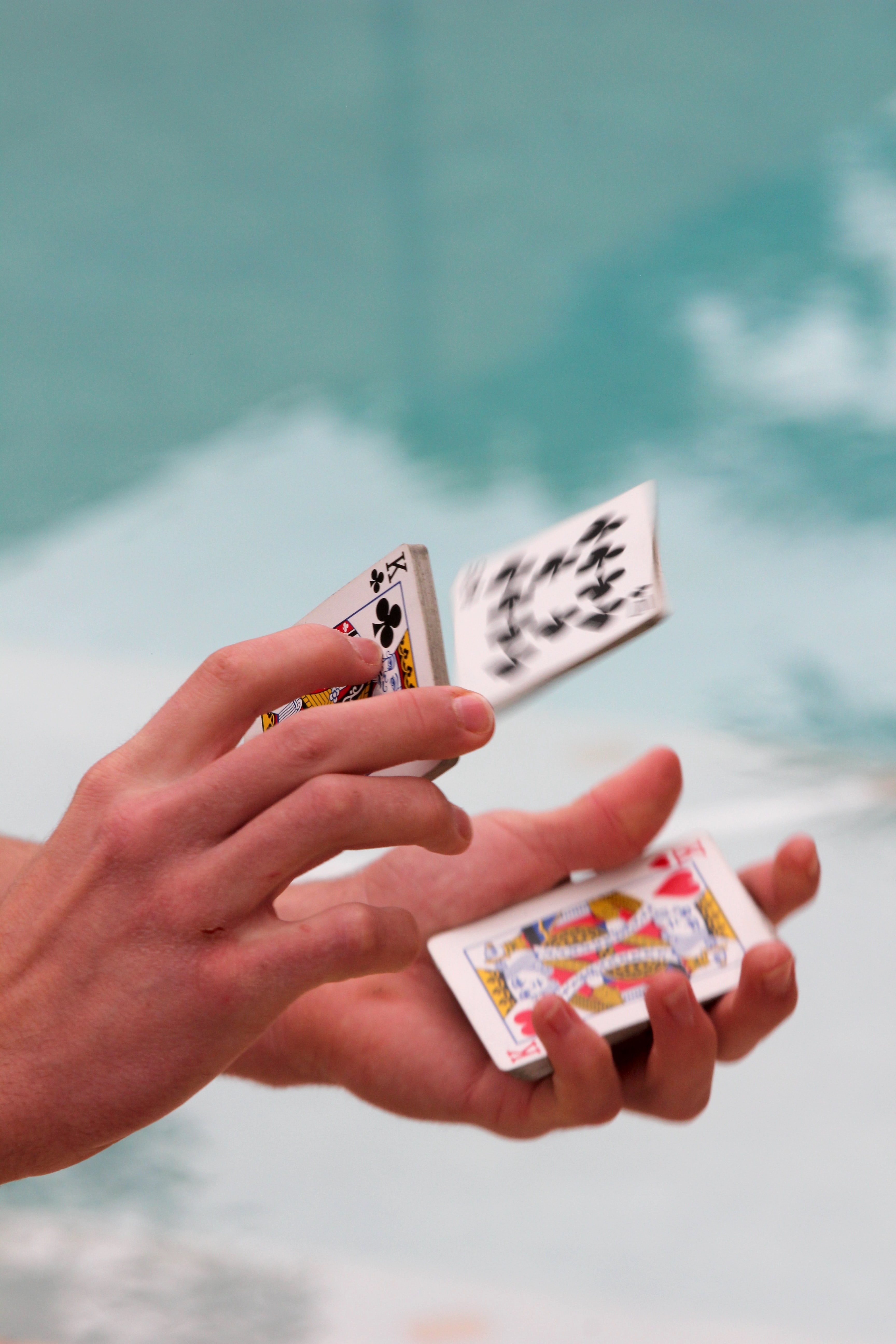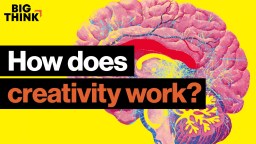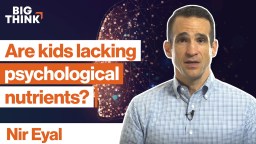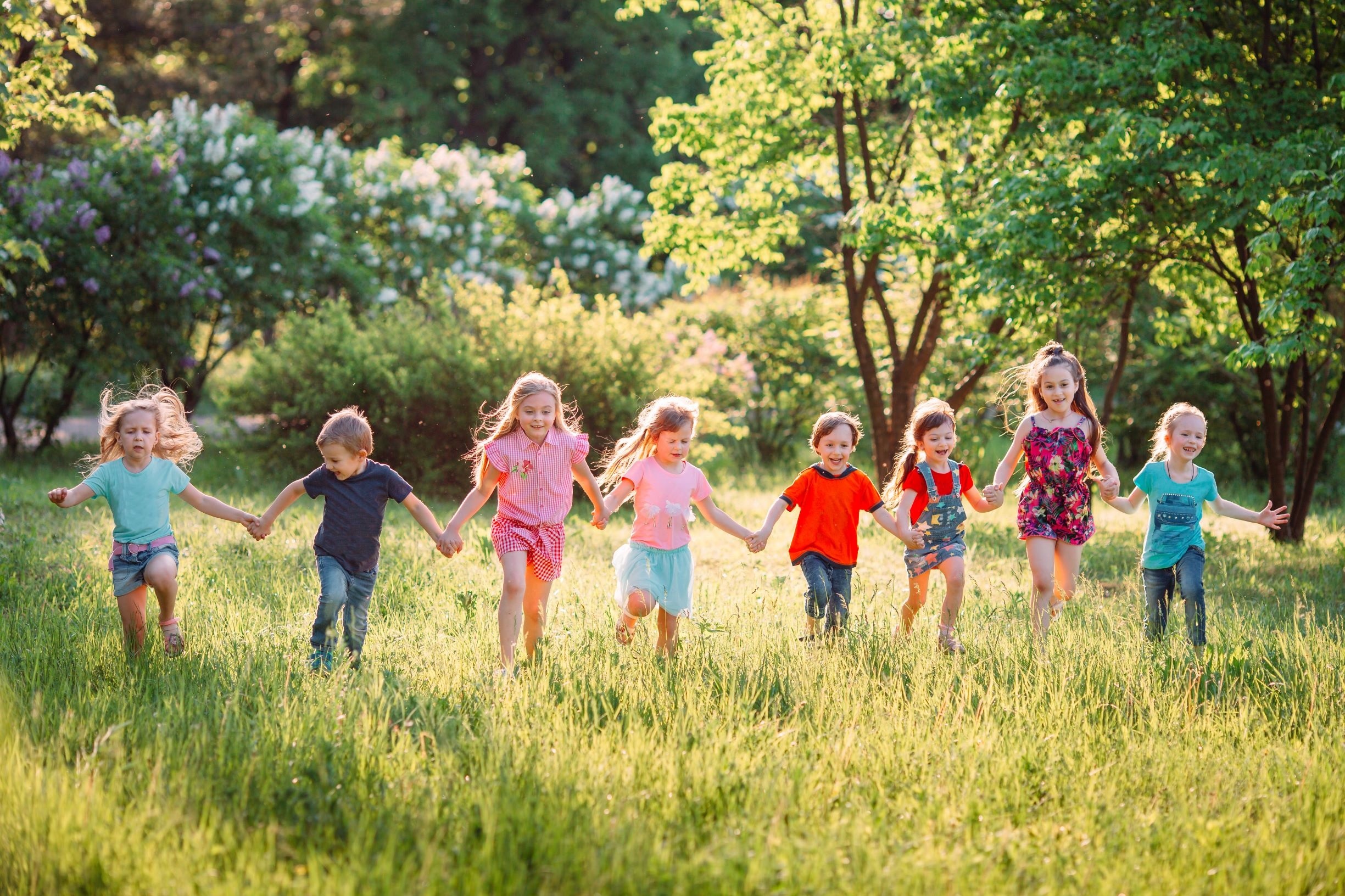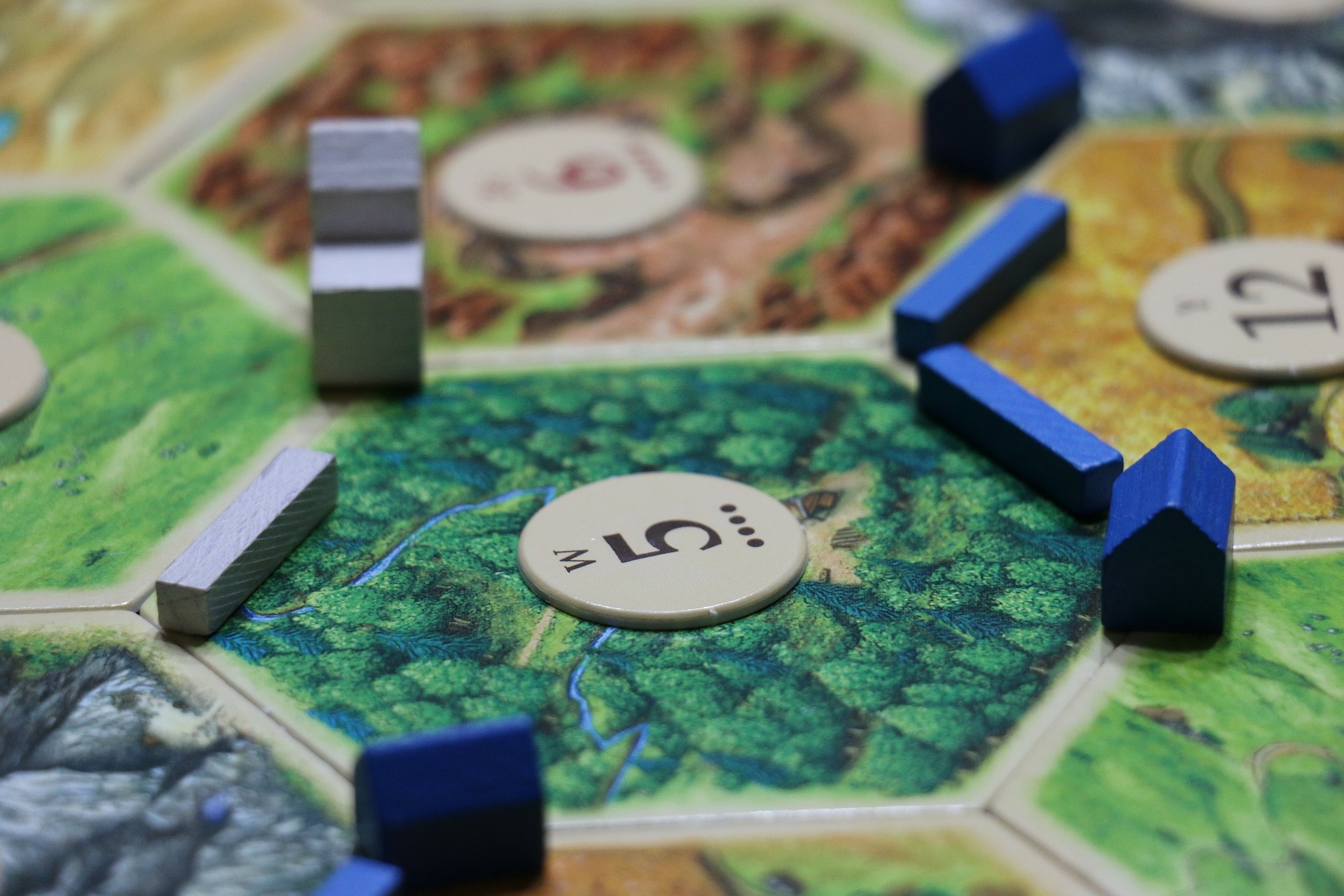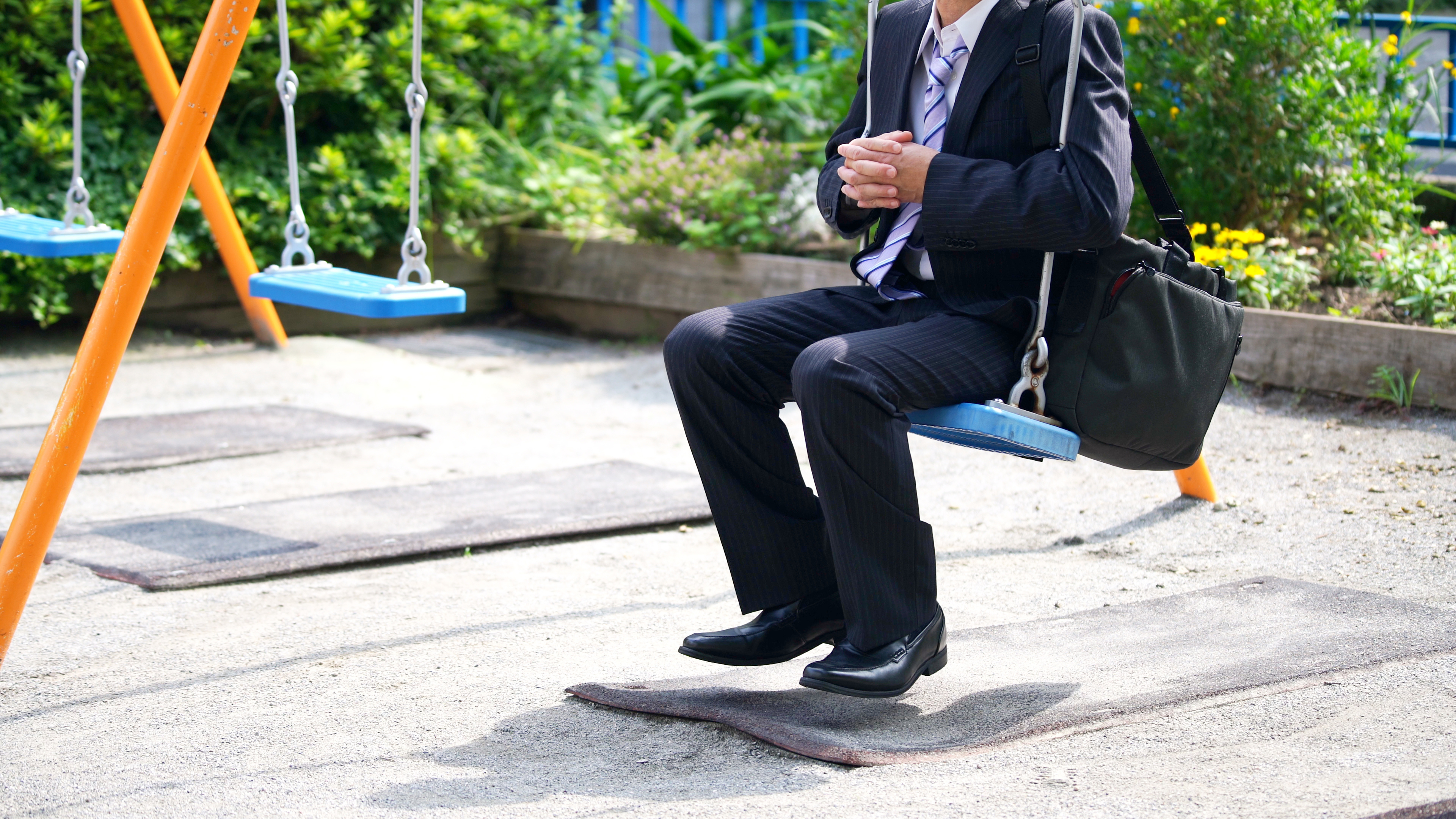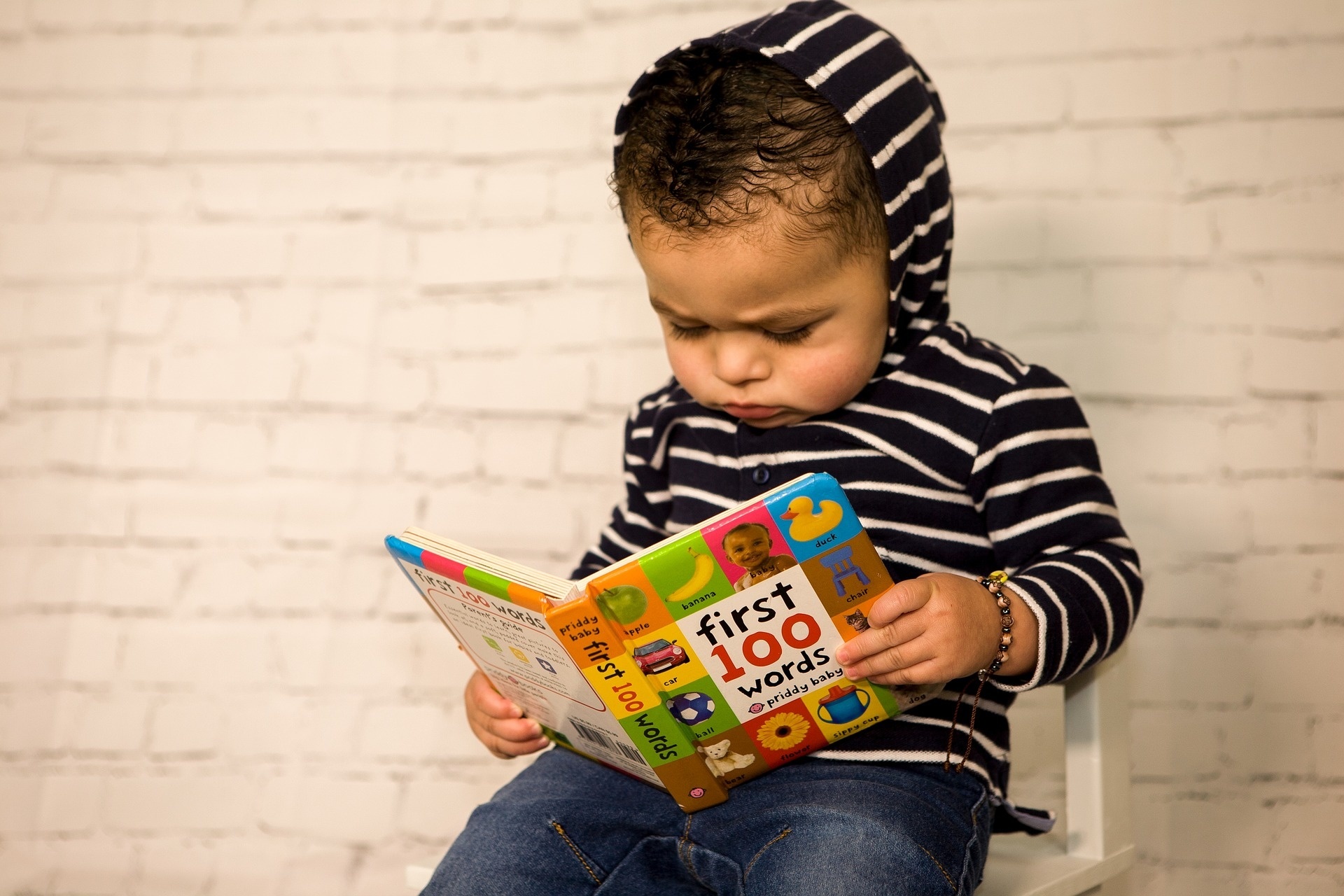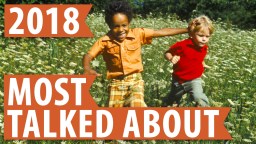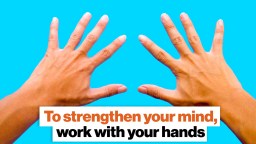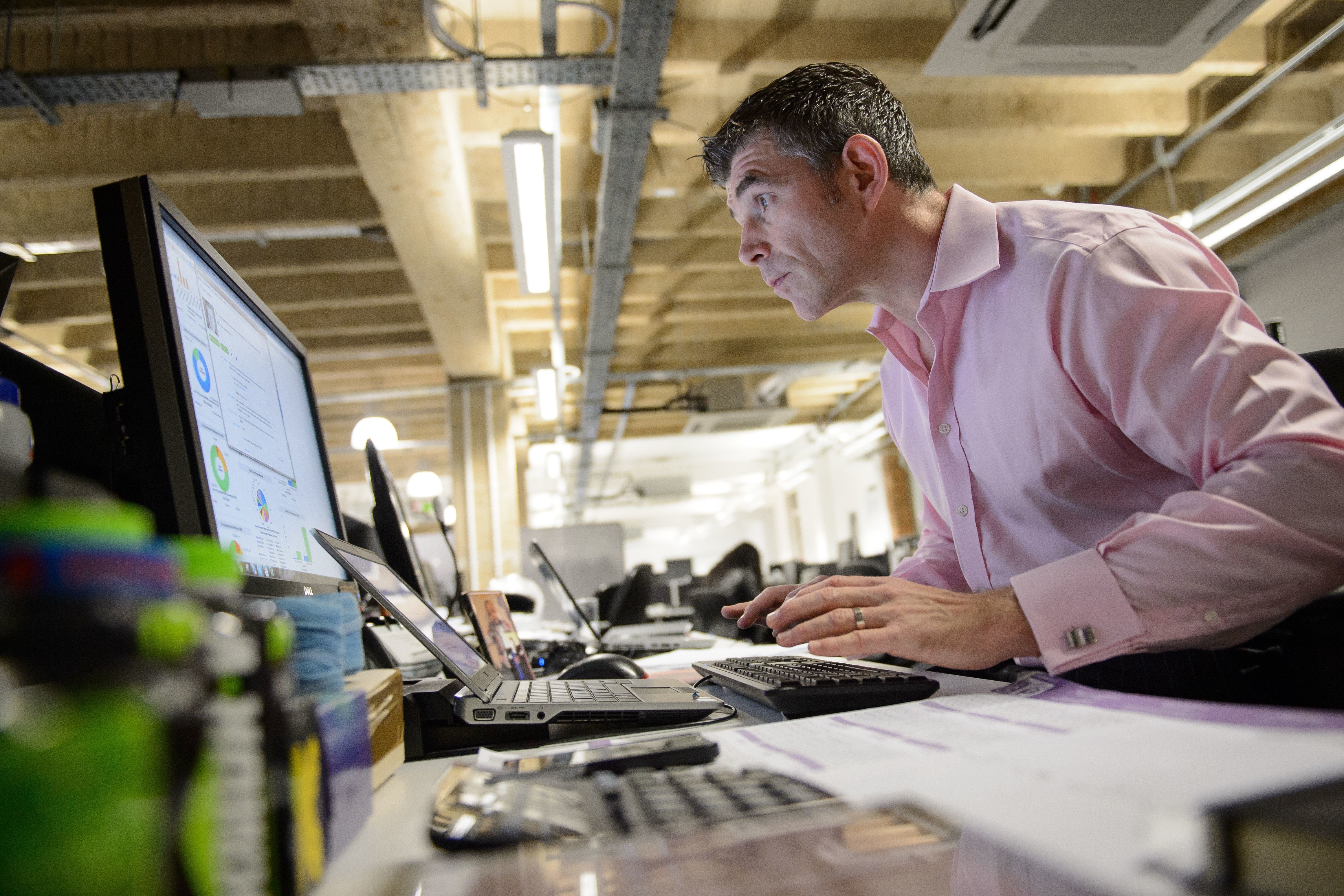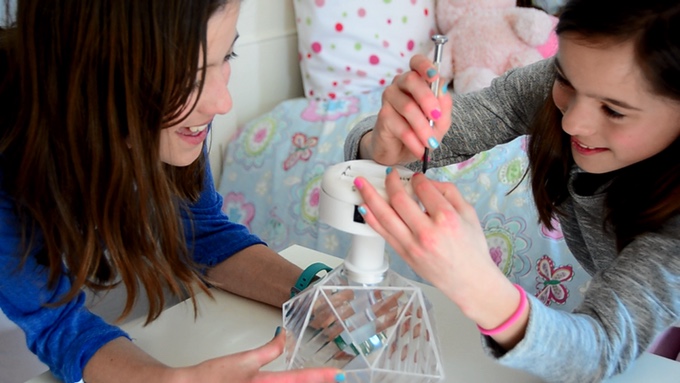play
Our chart shows new additions since 1984 that have stuck around.
Your brain is bursting with ideas, and most of them are … weird. You only have to recall the wonderfully bonkers notions of your childhood. Like the time you wanted […]
Quick! There’s a runaway train on the tracks. Some dastardly evildoer has knocked the driver out cold and tied five people to the tracks ahead. The train is barreling down […]
Writers, filmmakers, and mythologizing biographers tend to imagine innovation originates with a lone genius who has “the spark,” that light-bulb moment when the path from inspiration to world-altering invention reveals […]
The researchers say their findings support the idea that low biodiversity in modern living environments could lead to “uneducated” immune systems.
A study looks at the ingredients of a good scare.
While the benefits of music therapy are well known, more in-depth research explores how music benefits children with autism.
The improvement in personal well-being might be worth effort.
Study finds quantum entanglement could, in principle, give a slight advantage in the game of blackjack.
Human brains evolved for creativity. We just have to learn how to access it.
▸
12 min
—
with
A fun and completely safe experiment for the family to try during quarantine.
▸
5 min
—
with
The key to raising indistractable kids is to first determine why they’re distracted.
▸
4 min
—
with
Childhood is an important developmental feature of being human. Helicopter parenting disrupts that.
▸
4 min
—
with
Research explains the positive impact and health benefits of children spending more time in nature.
We catalogue seven more board games to teach children science, problem-solving, and even foster their creativity.
We found 10 video games that kids will love (and they’ll secretly be learning, too).
Adult recess and other apparently ridiculous activities may be one of the best ways to feel, work, and be better.
Don’t underestimate the power of play when it comes to problem-solving.
▸
7 min
—
with
This may be more common in mammals than we’d thought.
Researchers find that toddlers verbalize and interact more with their parents when reading sessions feature print books, not tablets.
A wealthy team doesn’t automatically make for a successful team.
This is the most talked about Big Think video of 2018! What’s your take?
▸
4 min
—
with
To strengthen your mind, work with your hands, says former astronaut Leland Melvin.
▸
3 min
—
with
Being raised indoors might be the reason young Americans struggle in the adult world.
▸
4 min
—
with
A guide to making difficult conversations possible—and peaceful—in an increasingly polarized nation.
▸
5 min
—
with
Across the world, companies are experimenting with shorter workweeks — is it working?
Could it simply be pleasure for its own sake?
Designed by two MIT professors, this build-it-yourself kit teaches kids to “think with their hands” in an effort to bolster STEM skills early on.
Amazon introduces a monthly STEM toy subscription box aimed at kids – because we’re all born curious.
The happiest moments of our lives are when we lose ourselves – in art, in exercise, in love. According to Harvard’s Diane Paulus, being able to ‘play’ and engage in something outside of ourselves is a valuable respite from our egos.
▸
4 min
—
with




